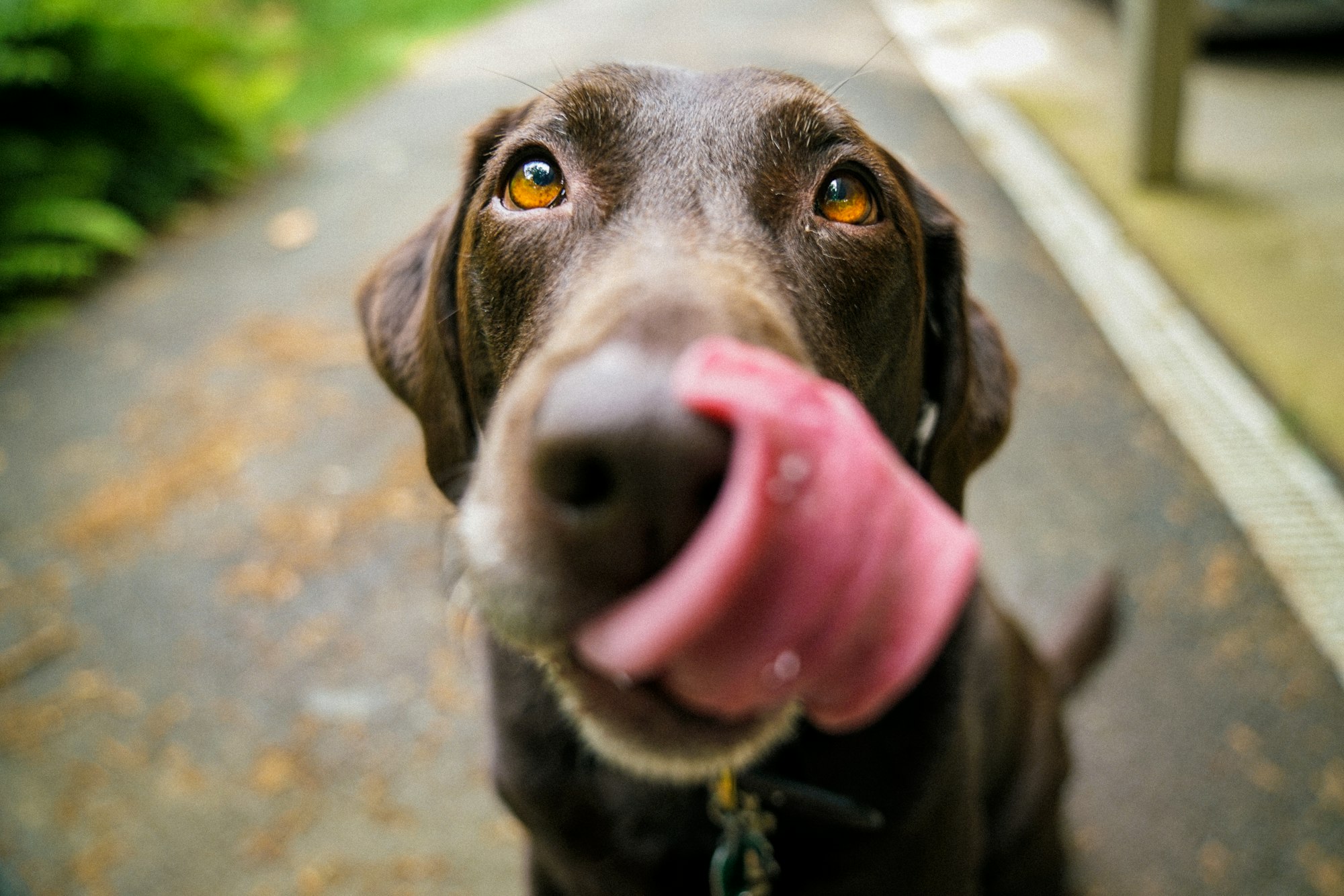Just as exercising immediately after a meal can lead to discomfort and digestive problems in humans, dog owners should consider how similar activities might affect their dog's health. The potential for issues such as nausea, vomiting, and indigestion raises the question: when is the best time to walk your dog in relation to their eating schedule?
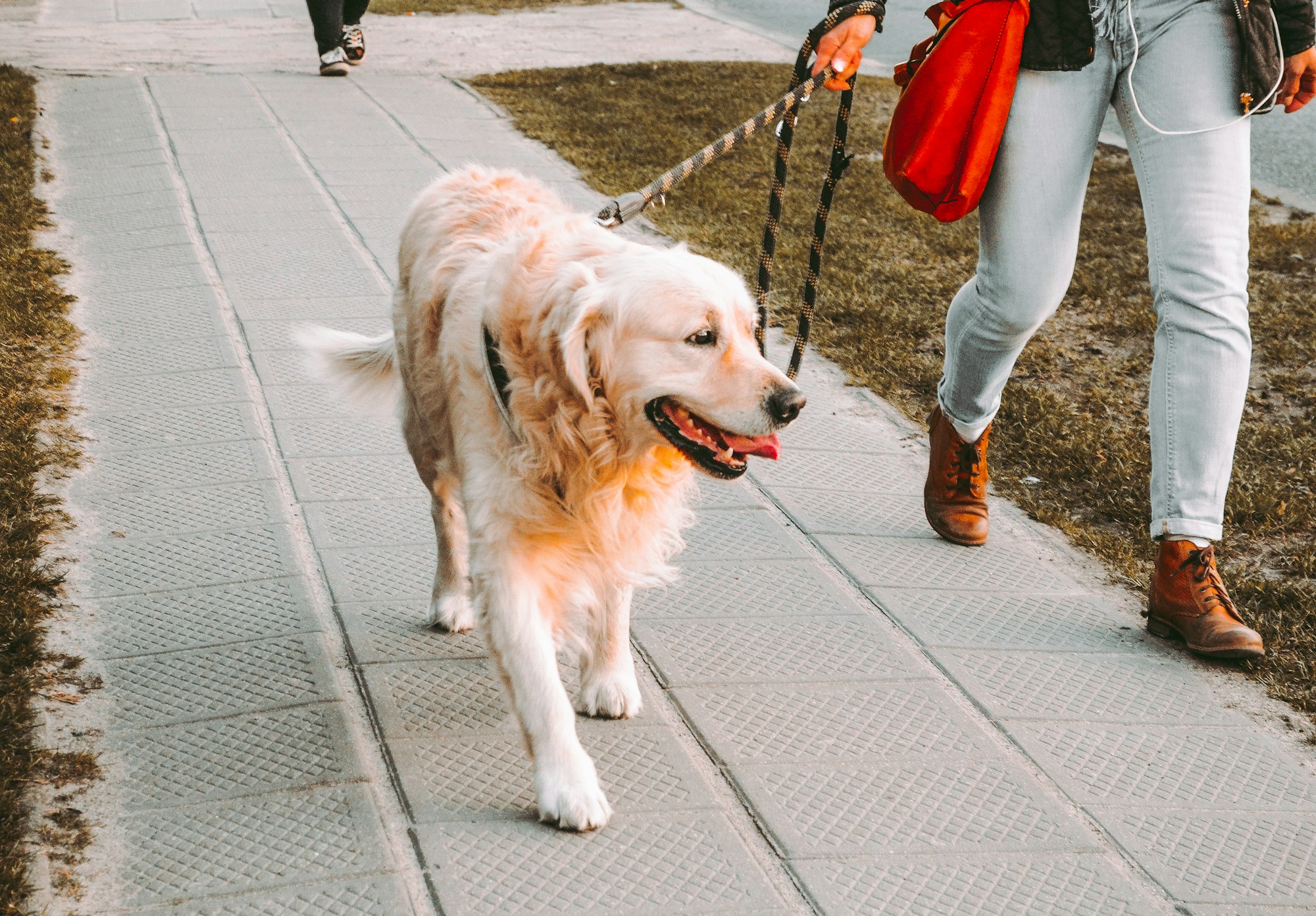
In this comprehensive guide, we’ll explore the intricacies of canine health and wellness, shedding light on the optimal times for walking your dog to maximize their health and happiness. Whether you’re wondering about the risks of walking your dog right after a meal, or the benefits of a pre-meal stroll, we’ve got you covered with expert insights and advice.
The answer to this question depends on the individual dog and their health, age, and activity level. Generally, it is best to feed the dog after they have had a chance to go for a walk. This allows them to burn off some energy and helps them digest their food better. If you feed them before going for a walk, it can cause them to become overstimulated and uncomfortable.
Walking your dog before or after eating can have benefits and risks, just like with humans. When walking your dog before they eat, it is important to keep the activity moderate and to not push them too hard. This will help them digest their food and give them time to rest and relax before or after their meal.
On the other hand, walking your dog after they eat can help them burn off some energy and may even help them digest their food more easily. This can be beneficial, as it allows your dog to get some exercise and not become too sedentary.
Food in the stomach while walking can also lead to digestive issues, such as vomiting and diarrhea. Additionally, it can increase the risk of gastric reflux, cramping, and nausea. Therefore, it is best to wait at least an hour after feeding your dog before taking them for a walk. This will give them time to digest their food and relax.
It is also important to remember that puppies and senior dogs may need more rest and less activity than adult dogs. It is best to speak with your veterinarian about the best plan for your individual dog.

Walking A Dog After Eating
It is important to wait an hour after feeding your dog before taking them for a walk. This gives their food time to digest and helps prevent any digestive issues, including the risk of canine bloat. It is also important to remember that puppies and senior dogs may need more rest and less activity than adult dogs. It is best to consult with your veterinarian about the best plan for your individual dog.
When walking your dog after eating, it can be helpful to plan the route ahead of time and keep the walk relatively short and steady, avoiding anything too strenuous like running, jumping, or playing. Walking your dog in a cool environment can also help them stay comfortable and prevent any potential digestive issues. Finally, it is important to always have plenty of water available and to be aware of signs that your dog is over-exerting themselves, such as increased panting, drooling, and restlessness. This will give their dog's stomach time to digest their food and relax.
Understanding the Potential Hazards of Post-Meal Dog Walks
Taking your furry friend for a stroll immediately after they’ve dined might seem like a good idea, but it can lead to abdominal pain and other digestive issues. Here’s what every pet owner should know:
Bloating and Gastric Torsion in Deep Chested Breeds
A full stomach can lead to uncomfortable bloating for your pooch, and in more severe scenarios, it might even cause gastric torsion, a serious condition that demands immediate veterinary attention. This condition is particularly common in large, deep-chested breeds like Great Danes.
Understanding the risk factors, especially for large dog breeds, can help in preventing this life-threatening condition.
Risk of Overheating
Exercise right after a meal can cause your dog to overheat. The combination of digestion and physical exertion increases their internal temperature, which can be dangerous, especially on warm days.
Vomiting Hazards
The physical activity of walking can agitate your dog's stomach, leading to nausea and vomiting. This is due to the movement causing stomach acids and contents to swirl.
Ingestion of Foreign Objects
Dogs are naturally curious and love to explore with their noses. Walking post-meal can heighten their instinct to pick up and possibly ingest harmful objects, leading to potential health emergencies.
Digestive System Discomfort
A post-meal walk can disrupt your dog's normal digestion process, leading to gastrointestinal distress and discomfort, which is as unpleasant for them as it sounds.
Inflammation Concerns
An active walk after eating can agitate your dog's stomach lining, leading to inflammation and discomfort.
To safeguard your pet's health and ensure enjoyable walks, it's advisable to wait a while after they've eaten. This simple step can make a big difference in their well-being and your peace of mind.
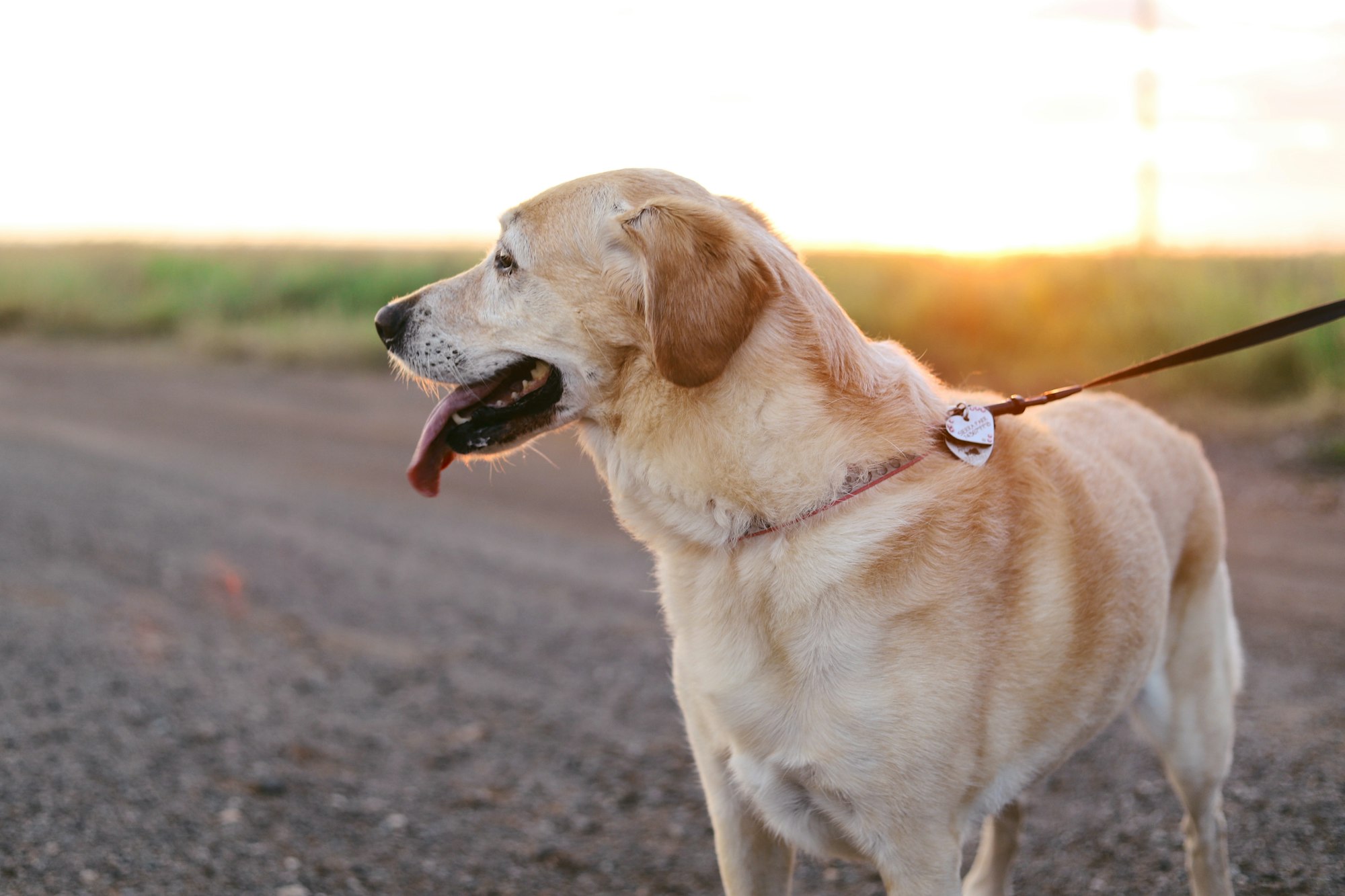
Secure Every Step with the Fi Dog Collar: Essential for Every Canine's Routine
Navigating the optimal walking schedule for your dog post-meal requires careful timing to prevent health issues and maximize their well-being. Enhance your routine with the , designed to keep your canine companion safe and healthy. This state-of-the-art collar integrates seamlessly with the Fi app, allowing you to monitor your dog's activity levels and ensure they're getting just the right amount of exercise before and after meals.
The geofence feature sets boundaries that alert you if your pet strays, making it easier to manage their activity around meal times. With the Fi Dog Collar, you're not just walking your dog; you're taking a step towards proactive pet care. Visit TryFi.com to learn how the Fi Dog Collar can transform your approach to pet wellness and safety.
Reasons Not To Walk Your Dog After They've Eaten
A dog should not be walked after eating for several reasons. The type of food a dog eats can also impact their digestion and risk of bloating. The physical exertion can increase the risk of bloating, overheating, vomiting, gastrointestinal distress, and inflammation. Dogs that eat only dry food are at a higher risk of bloating compared to those who consume a mixture of dry and wet food.
Additionally, if a dog has just eaten, they may be more likely to ingest foreign objects that they find on the ground, which can cause them to become ill or suffer from a gastrointestinal blockage.
Finally, the movement from walking can cause stomach acid to churn and move around, which can cause the dog to vomit. Therefore, it is best to wait at least an hour after your pet has finished eating before undertaking any kind of physical activity.
How Long Wait To Walk or Exercise Dog After They've Eaten?
Most experts recommend waiting at least an hour after your dog has eaten before you take them on a walk or exercise them. The dog's age can also influence the recommended waiting time, with older dogs needing more time to digest. If your dog has had a large meal, it’s best to wait an hour and a half or even two hours before heading out for a walk or playtime. This gives their body time to digest the food properly, reduces the risk of bloating, and gives your dog time to settle.
The bottom line is to watch your dog for signs of distress or discomfort. If their stomach is gurgling a lot or they appear in pain, it’s best to skip the walk and let them rest.
Benefits of Walking Your Dog After They've Eaten
Exercise
Taking your dog for a walk shortly after they have eaten can provide your pup with much-needed exercise and physical activity.
Mental Stimulation
Going on a walk after your dog has eaten can provide your pup with mental stimulation and an opportunity to learn about the environment around them.
Gastric Motility
Walking your dog after eating can help to encourage gastric motility, which helps to move the food through the digestive system.
Stress Reduction
Going on a walk with your pup can help to reduce stress and give your pup an opportunity to explore and have fun.
Strengthening of Bond
Going on a walk with your pup can help to strengthen the bond between the two of you and provides an opportunity for playtime and cuddle time.
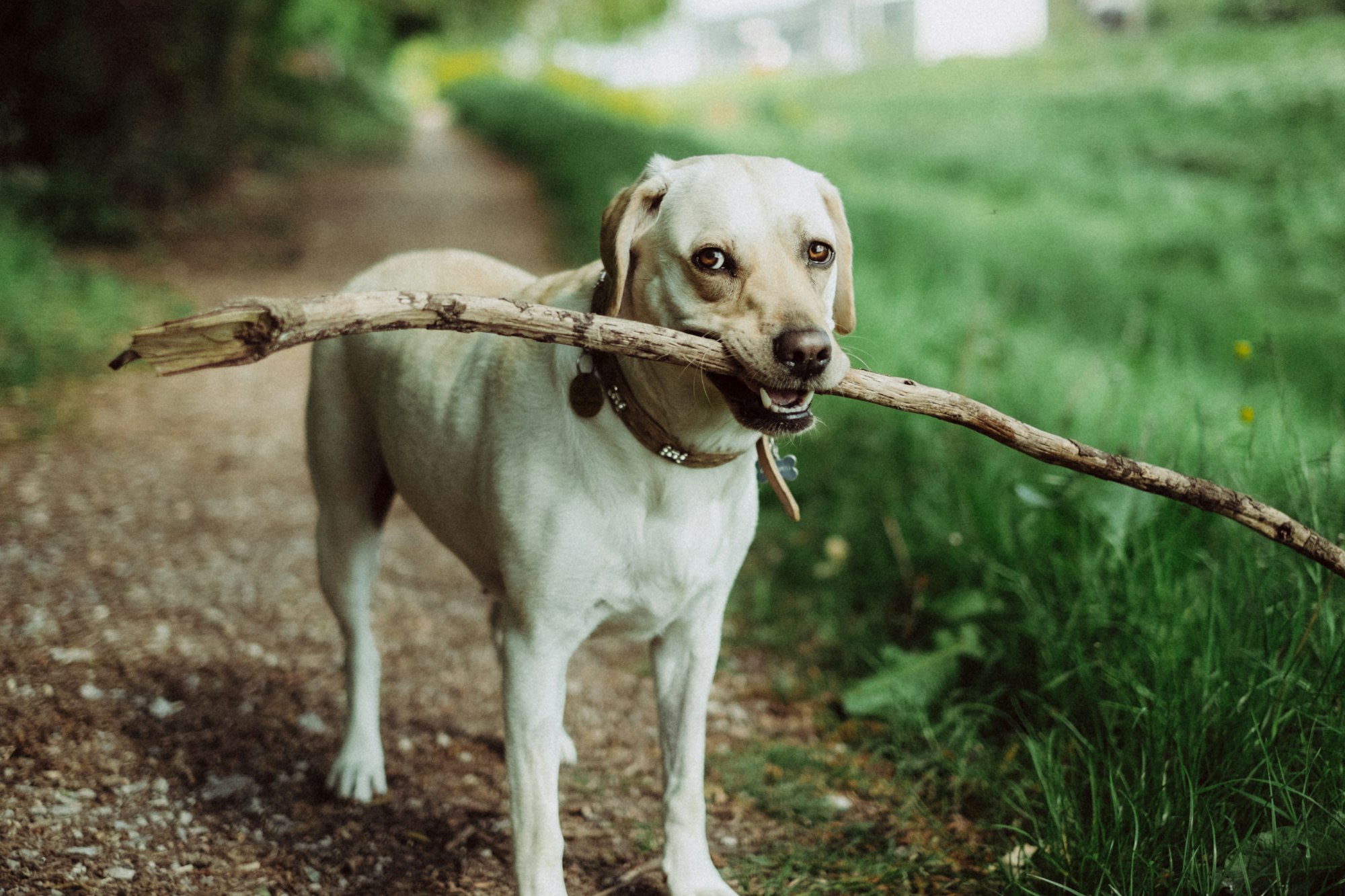
Walking A Dog Before They've Eaten
If you’ve ever been around dogs, you know that they love to take walks. And you may be wondering if it’s better to walk your dog before or after they’ve finished eating.
While the answer depends on a few factors, in general it’s generally preferred to walk your dog before they eat. Walking your dog beforehand can help burn off excess energy and keep them focused on their walk instead of their meal.
It can also help them digest their food better and prevent gastrointestinal issues such as bloating or vomiting. Additionally, it can be more enjoyable for both you and your dog as they can explore and investigate scents in the environment before they get distracted by their food.
Ultimately, walking your dog before they eat will help them to have a more enjoyable meal time experience and support their digestive system.

Risks of Walking Dog Before They've Eaten
Over-Exertion
Walking your dog before eating can be beneficial, but it is important to make sure that your dog does not become too tired or over-exerted during the walk. If your dog is overly tired before eating, they may not be able to digest their food properly.
Distraction
Walking before eating can be beneficial as it can keep your dog focused on their walk instead of their food. However, if your dog is especially excited or distracted during the walk, they may still be more focused on their walk than their food when it comes time for them to eat.
Gastrointestinal Issues
Walking your dog can help to prevent gastrointestinal issues such as bloating or vomiting, but it is still important to monitor your dog's health to make sure that they are not experiencing any problems.
Overall, walking your dog before they eat can be a great way to help them digest their food better and keep them focused during their mealtimes. However, it is important to make sure that your dog is not becoming over-exerted or overly distracted during their walks. Additionally, it is important to monitor their health to make sure that they are not having any gastrointestinal issues as a result of their walk.
Reasons To Not Walk Your Dog Before They've Eaten
It is generally preferred to walk your dog before eating, however, dog parents should be aware of certain circumstances when it’s best to wait. Older dogs or those prone to bloat should not be taken for any activity that could increase their heart-rate before eating. If your dog has recently undergone surgery or is recovering from an illness, it’s best to wait until after they have eaten.
Moreover, the weather should be taken into account when making plans for your dog’s walks; hot weather might require waiting until after your dog has eaten. To ensure the best care for your dog and their individual needs, it’s important to consult your vet on when to go for walks.
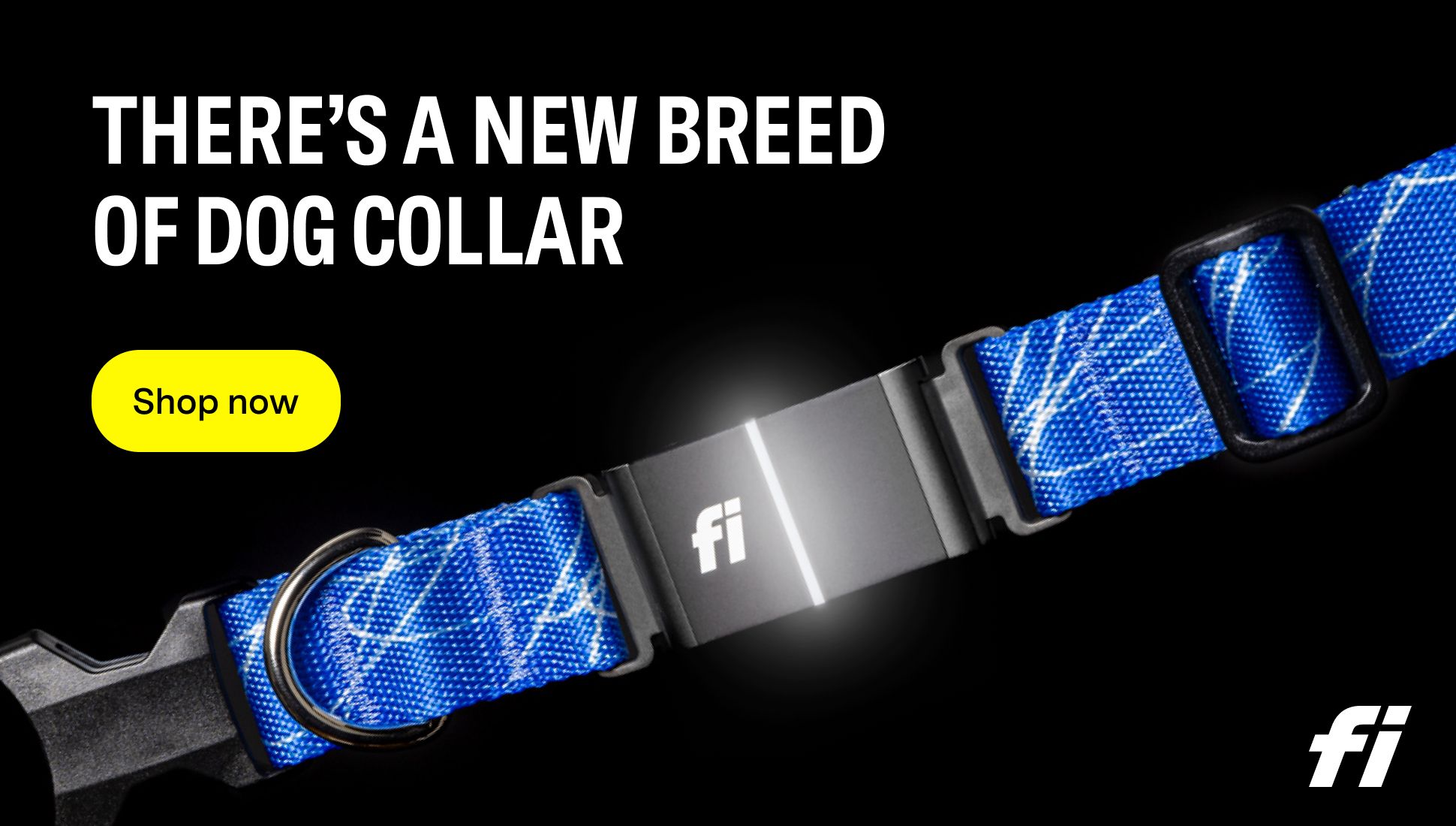
Which Is Better?
Walking your dog before meals, rather than immediately after a dog walk, is often the healthier choice for their digestion. Engaging in a stroll before feeding time can not only aid in their digestive process but also ensures they are calm and ready to eat. While there are advantages to both pre- and post-meal walks, prioritizing your furry friend’s health and joy involves careful consideration of their exercise routine in relation to their eating schedule. It’s all about finding the perfect balance that keeps your dog both vibrant and content.
Timing Your Dog's Post-Exercise Meal: Key Considerations for Your Dog's Health
After your dog’s exercise session, you might be tempted to feed them right away. However, the timing of their post-exercise meal plays a crucial role in their health and recovery. Here’s what every dog owner should consider to maximize their pet’s well-being:
- Cooling Down is Crucial: Immediate feeding after exercise isn’t advisable. Giving your dog at least an hour to cool down helps their body transition back to a restful state, making mealtime more comfortable and digestion more efficient.
- Longer Breaks for Longer Workouts: If your dog’s exercise was particularly long or strenuous, extending the break before feeding becomes even more important. This extra time allows their body to fully recover from the exertion, ensuring they’re ready to eat and digest their meal properly. Wet food is generally easier to digest and can be a good option for post-exercise meals.
- Adjusting Meal Portions: The intensity of your dog’s workout should dictate the size of their post-exercise meal. Smaller, more manageable portions are recommended, especially after heavy activity, to prevent overwhelming their digestive system.
- Nutrition Matters: Post-exercise meals should be easily digestible and nutritious. High-fat foods are best avoided as they can complicate digestion. Opt for balanced meals that replenish energy without causing digestive stress.
- Supporting Recovery Through Nutrition: Proper nutrition is essential for recovery after exercise. The right balance of nutrients helps repair and build muscle tissue, replenish energy reserves, and maintain overall health.
By paying close attention to the timing, portion size, and nutritional content of your dog’s post-exercise meal, you can support their health and recovery, ensuring they remain happy, active, and ready for their next adventure.
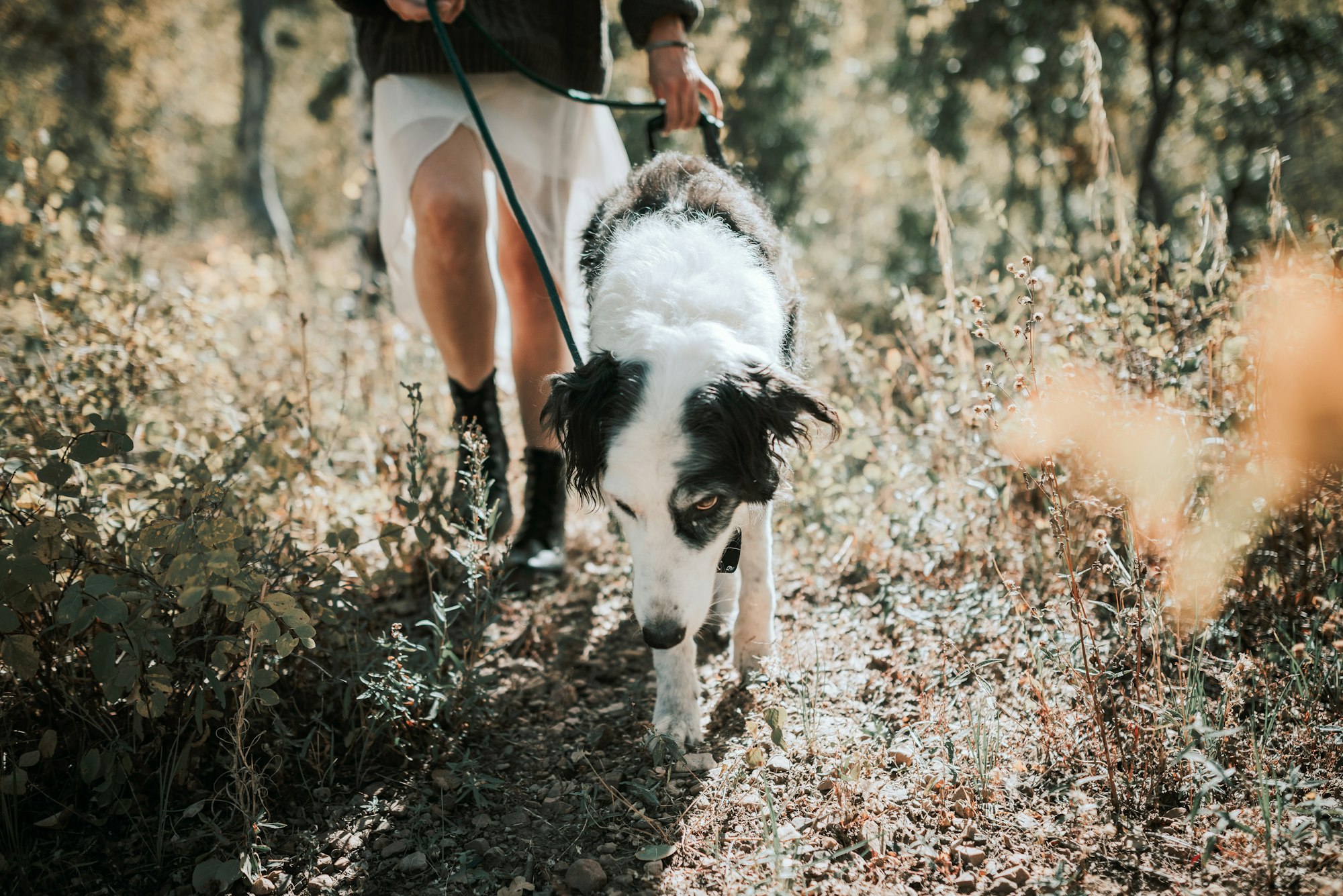
How Far Should You Walk Your Dog After Eating?
It is generally recommended that you wait at least 30 minutes to an hour after your dog has eaten before taking them out for a walk to allow their dog's stomach to properly digest the food. This is so the food can be properly digested before physical activity begins. Walking your dog soon after eating can increase the risk of bloat, which is a potentially life-threatening condition that occurs when the stomach expands with gas and fluid.
Looking for an easy way to keep track of your dog’s daily activity level? Fi smart dog collars make it easier than ever. These slender, smart collars feature an activity tracker that counts your pup’s steps and even gives you daily, weekly and monthly goals to meet. It’s almost like a FitBit for your dog that will help you stay on top of Fido’s fitness routine.
If your dog does need to go for a walk shortly after eating, keep it light and slow. This means reducing the distance traveled and the speed. Keeping your dog on a leash is also a good idea and can help you keep them from overexerting themselves. Lastly, provide plenty of stops for your pup to take a break, drink water, and stay cool.
Conclusion
It is best to wait at least an hour after your dog has exercised before feeding them, and at least 30 minutes to an hour after they have eaten before going for a walk to ensure your dog's health. This helps to reduce the risk of bloat and ensure that your pup’s body has time to rest and recover afterwards. If you are concerned about your pup’s health, it is best to consult a veterinarian for professional advice.
For additional pet-parenting tips, head over to TryFi.com’s Off Leash blog.
And don’t forget to check out TryFi’s innovative
Fi Dog Collar, which offers GPS tracking, activity monitoring, and escape alerts to keep your furry friend safe. Try the Fi Dog Collar today!
